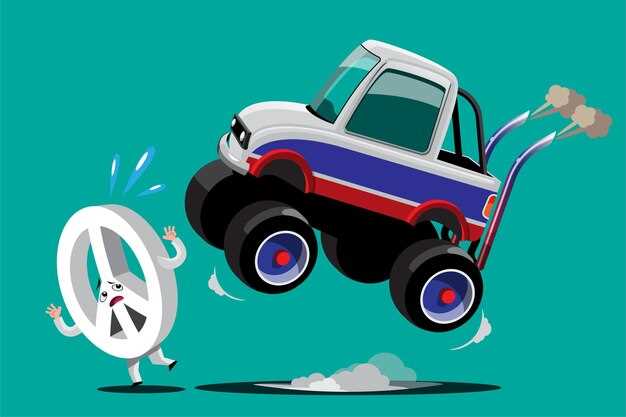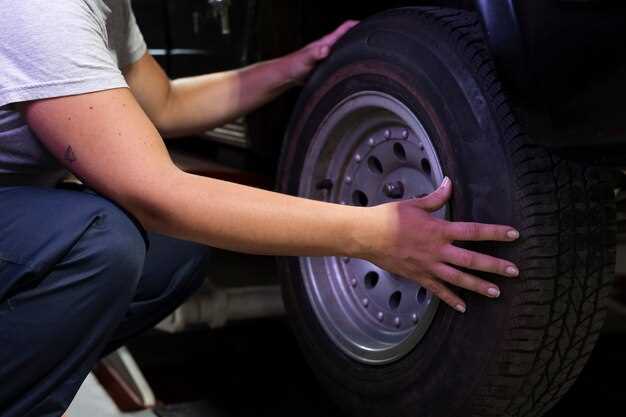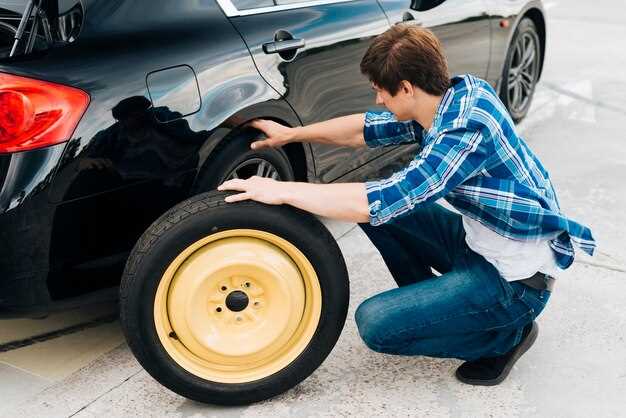
A tire blowout can be one of the most frightening experiences for drivers, especially when traveling at high speeds. The sudden loss of tire pressure can lead to a rapid decrease in vehicle control, which poses a significant risk not only to the driver but also to other road users. Understanding how to effectively manage a blowout is crucial for ensuring safety and minimizing potential accidents on the road.
In this article, we will explore essential steps that every driver should know in the event of a tire blowout. From recognizing the symptoms of a blowout to implementing effective countermeasures, this guide aims to equip you with the knowledge and skills necessary to handle such emergencies. With the right actions, you can reduce the risks associated with tire failure and enhance your safety on the highway.
Furthermore, we will discuss preventative measures that can help avoid blowouts altogether, including routine tire maintenance and adherence to proper driving practices. By being proactive and prepared, drivers can better protect themselves and their passengers, ensuring a safer journey under all conditions.
Recognizing the Signs of an Imminent Tire Blowout

Identifying the early indicators of a potential tire blowout is crucial for maintaining vehicle safety, especially at high speeds. Several signs can signal that a tire may be on the verge of failure.
1. Unusual Vibrations: If you experience unexpected vibrations or shaking while driving, particularly through the steering wheel, this could indicate a problem with the tire. These sensations often result from imbalances or defects that could lead to a blowout.
2. Decreased Performance: A noticeable drop in handling or responsiveness can point to tire issues. If your vehicle feels less stable or requires more effort to steer, it may be a sign of impending tire failure.
3. Loud Noises: Pay attention to any loud thumping or flapping noises coming from the tires. Such sounds might indicate a bulge, tear, or damage that increases the risk of a blowout.
4. Check for Visible Damage: Regularly inspect tires for punctures, cracks, or bulges. If you find any abnormalities, it is essential to address them immediately as they can lead to tire failure while driving.
5. Low Tire Pressure: Constantly check tire pressure to ensure it is at the recommended level. Tires that are under-inflated can overheat and blow out, especially when driving at high speeds.
6. Overheating Tires: If you notice that tires are excessively hot to the touch after driving, it could be a sign of overloading or improper inflation. This heat can lead to a blowout if not corrected.
By recognizing these signs early, drivers can take proactive measures to prevent dangerous situations. Regular maintenance and thorough inspections are essential practices for tire safety.
Immediate Actions to Take When a Blowout Occurs
When a tire blowout occurs at high speed, it is crucial to act quickly and calmly to regain control of the vehicle. The first step is to avoid slamming on the brakes. Instead, ease your foot off the accelerator gradually, allowing the car to decelerate naturally. This helps prevent loss of control that can result from sudden braking.
As the vehicle starts to slow down, maintain a firm grip on the steering wheel. It is important to keep the vehicle going straight rather than swerving, which can lead to a more severe loss of control. Focus on steering smoothly without overreacting to the sudden change in handling.
Look for a safe area to pull over. Scan the road ahead for a wide shoulder or a safe place away from traffic. Signal your intentions well in advance to alert other drivers. Once you have identified a safe spot, begin to turn the steering wheel gently in the direction you wish to go, steering the car toward the side of the road.
After you have come to a complete stop, turn on your hazard lights to increase visibility for other motorists. Stay inside the vehicle with your seatbelt fastened until it is completely safe to exit. If possible, move to the passenger side if there is a risk of being hit while inspecting the blowout.
Once you have ensured your safety, assess the situation and determine the best course of action for changing the tire or calling for assistance. Always remember that staying calm and executing these actions efficiently is key to managing a blowout safely.
Post-Blowout Safety Checks and Recovery Steps

After experiencing a tire blowout at high speeds, it is crucial to conduct thorough safety checks and implement recovery steps to ensure the well-being of all passengers and to prevent further incidents.
Initially, check your surroundings. Gradually steer the vehicle to a safe location away from traffic, if possible. Activate hazard lights to alert other drivers of your situation. Once safely stopped, remain inside the vehicle with seatbelts fastened until it is safe to exit.
Before stepping out, assess the environment for any potential hazards, such as oncoming traffic. Once it is safe, exit the vehicle carefully and stand clear of the roadway.
Inspect the vehicle’s tires and surrounding areas to determine the extent of the damage. Look for debris or any other obstructions that may require removal before a tow or repair.
Check for any signs of vehicle instability or additional issues, such as fluid leaks. If there are visual indicators that the car may be unsafe to drive, refrain from attempting to continue driving.
Contact a roadside assistance service if necessary. Provide them with your location, the nature of the issue, and any relevant details about the vehicle. If you have a spare tire, evaluate its condition and the necessary equipment to perform a tire change safely.
If able and safe, replace the damaged tire with a spare. Follow proper procedures for changing a tire: ensure the vehicle is on stable ground, use chocks to prevent rolling, and utilize the jack correctly. After replacing the tire, check lug nut tightness and ensure everything is secure before driving.
Once the situation is resolved, drive cautiously. Monitor the vehicle’s handling and be alert for any unusual sounds or vibrations. After returning home or reaching your destination, conduct a further inspection to ensure all systems are functioning properly.
Lastly, consider consulting a professional mechanic to assess any potential damage to the wheel assembly or alignment as a result of the blowout. Regular maintenance checks and prompt responses to warning signs are essential in preventing future incidents.





